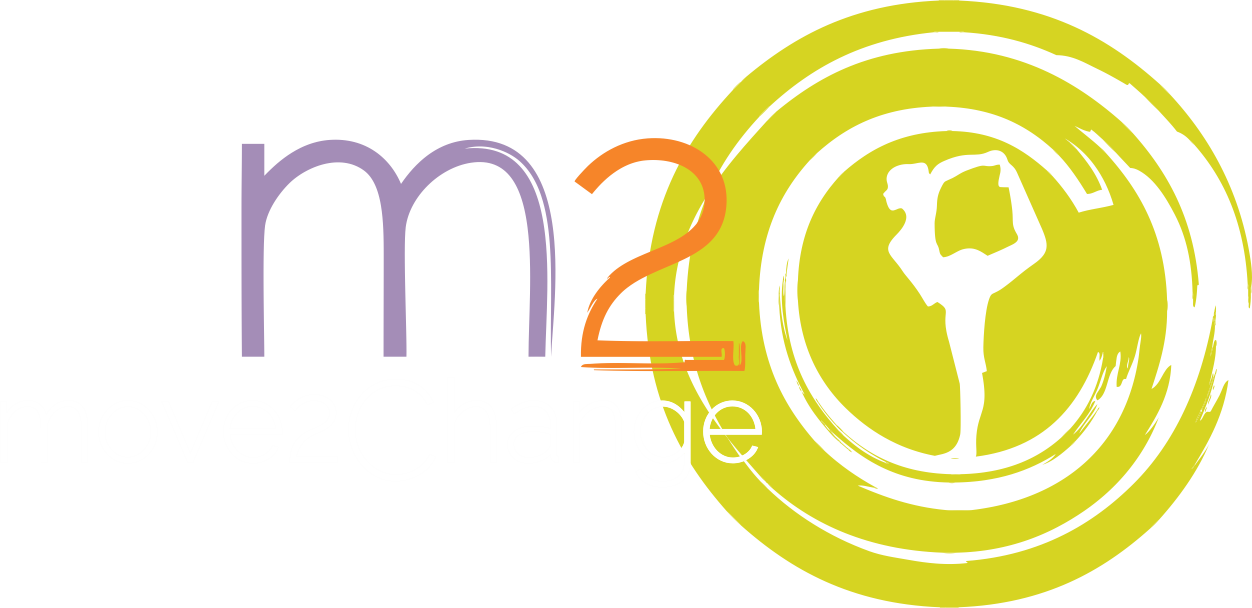What is Laban Movement Analysis (LMA)?
Laban Movement Analysis is a system and language for observing, describing, notating, and understanding all forms of movement. It was developed by Austrian Rudolf Laban in the 1920’s through 1950’s. A Laban Movement Analyst uses this language to describe and interpret human movement. The analysis can focus on a simple gesture (such as the movement of the hand during a conversation) to the whole body involvement of a performer or athlete.
LMA is a tool that can be used by anyone wishing to enhance, refine, and clarify movement. The system is composed of four major components, Body, Effort, Space, and Shape. These basic components can be identified and examined in isolation or in relationship to each other.
Because movement reflects our innermost feelings and ways of being in the world, LMA can also be used to understand and explore psychological aspects of self.
What are Bartenieff Fundamentals™ (BF)?
Bartenieff Fundamentals™ consist of a set of concepts, principles, and exercises developed by a student and colleague of Rudolf Laban, Irmgard Bartenieff, in the 1950’s through 1970’s. She applied Laban’s movement ideas to the physical and kinesiological functioning of the human body. This body of work has been successfully used to enhance the physical functioning of professional athletes, dancers, actors, performers, as well as with people in all aspects of everyday life. BF also provides a theoretical base for rehabilitation and Movement Therapy.
Key movement concepts are taught through experiential as well as theoretical learning. Some of these concepts are: dynamic alignment, breath support, core support, graduated joint rotation, initiation and sequencing of movement, spatial intent of one’s actions, centre of gravity/weight, centre of lightness, weight transference, effort intent, and level changing.
Bartenieff Fundamentals™ also includes study of developmental movement patterns which support the above adult movement concepts.
